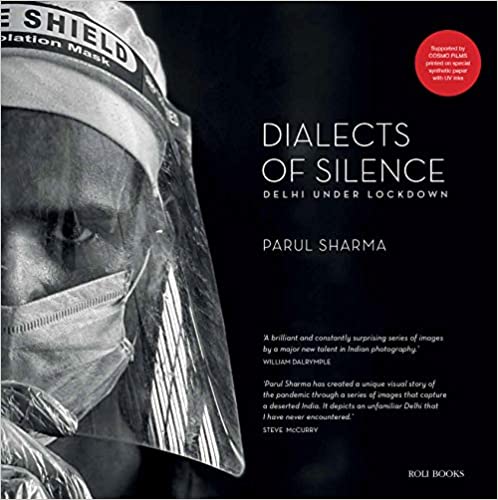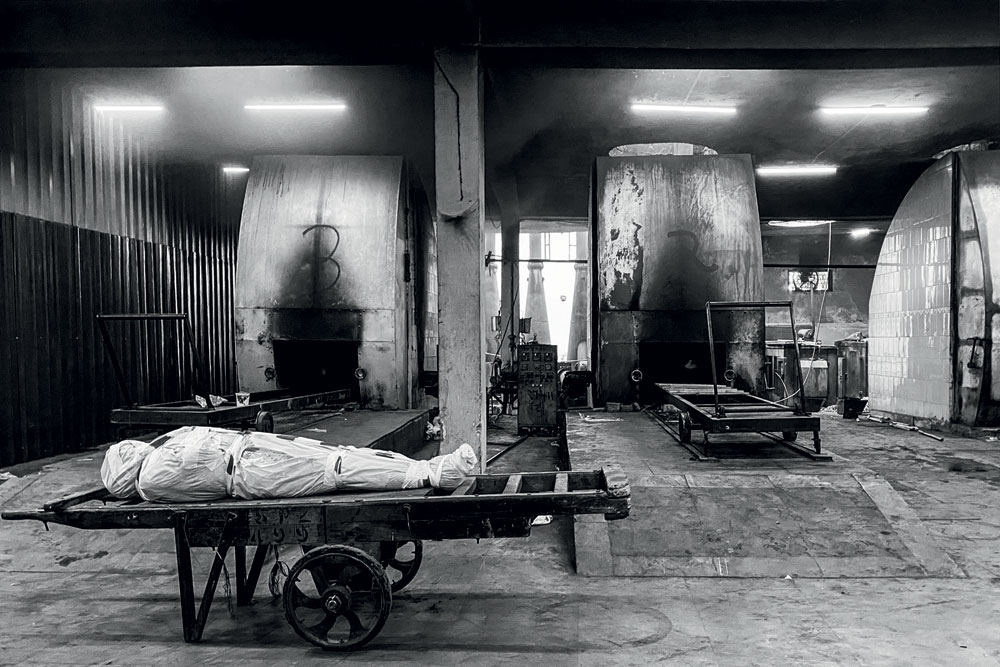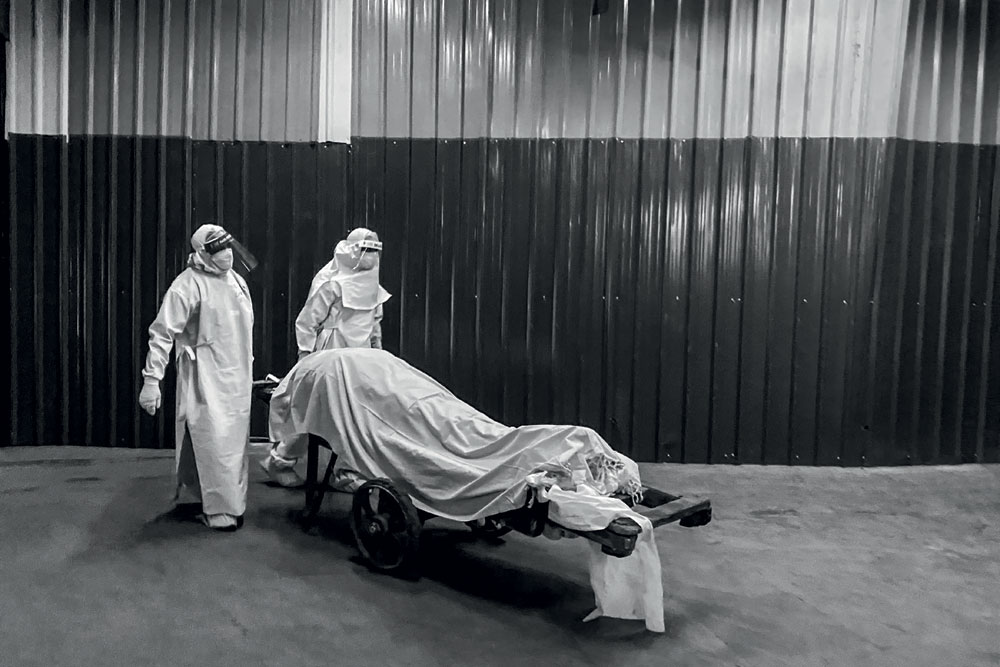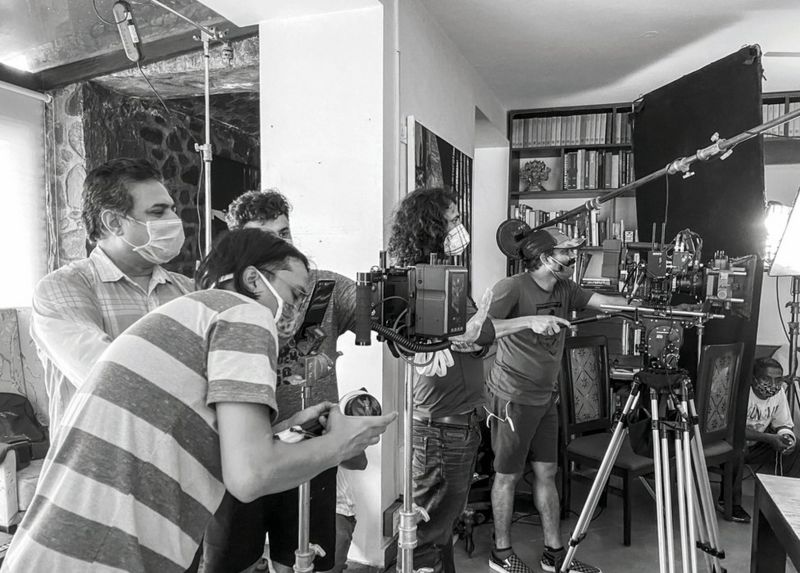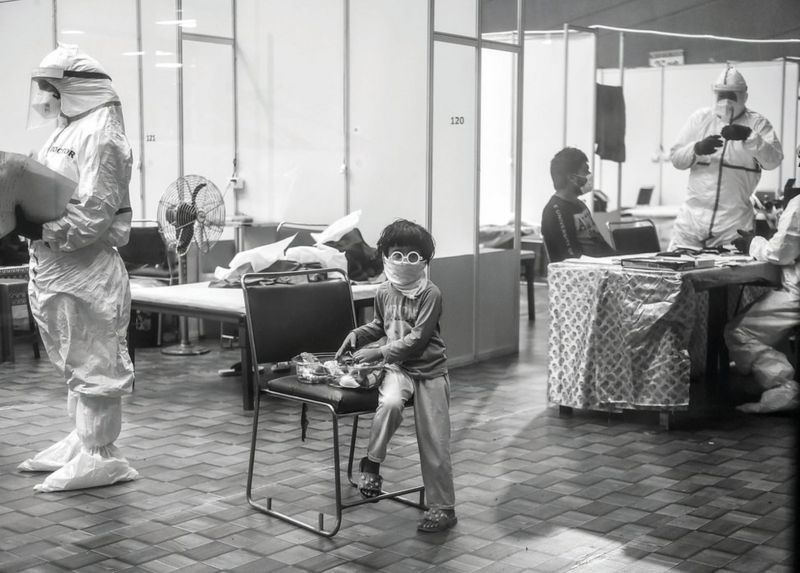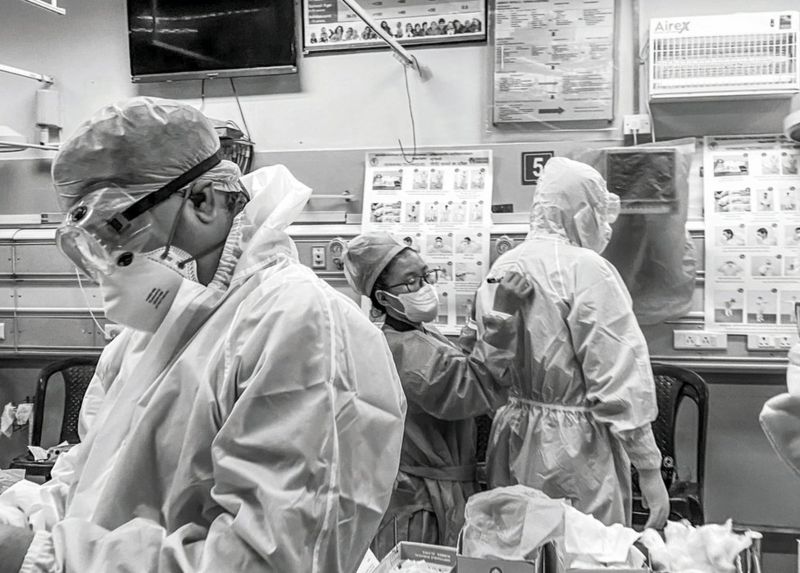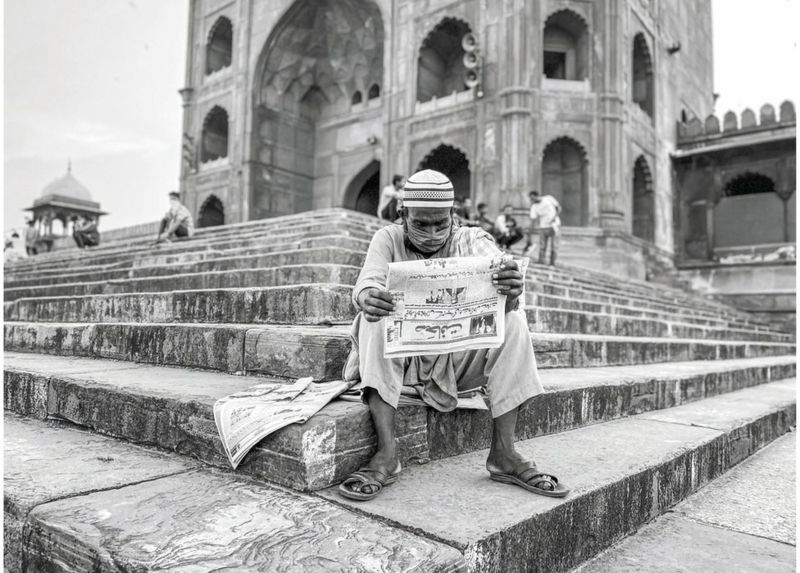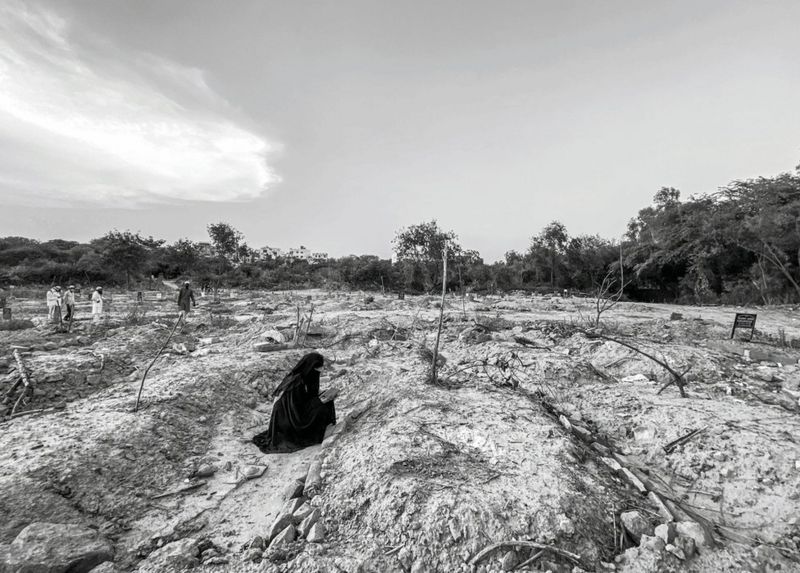Maggie O’Farrell’s “The Marriage Portrait”
…all of a sudden, in this unfamiliar room, something descends upon her. It has the quality of a vision but it is frailer than that, and brighter in its urgency, arriving unbidden in her head.
What has come to her is a painting, entire and robust in its untested perfection. A painting on an elongated rectangle of tavola — she will cut herself the exact size she neesd, at the precise angle she favours — at the centre of which will be a castle. No, a white mule. No, a stone marten, with streaks on its face. Or a centaur? Or all of them. Not one painting, then, but a series, all miniature, all ornate, the confines of the wooden boards filled with details and clues and decorations. She will cut the board now — no, it will have to be tomorrow, for she shouldn’t wake Alfonos with the sawing. But did she pack the right tools? The small handsaw, the planning knife? She thinks she did not.
The disappointment is keen. It leaves sharp icicles in her chest. To have this idea but no means to act upon it: the thwarted frustration of it. No matter. She will sketch the ideas tomorrow. Or perhaps now, this minute. She will ease herself from the bed and strike the tinder, relight the candle and take up the roll of vellum she knows is in the travelling box.
…
She will spend the days with him, so that he feels attended to, taken notice of, but she will work at night. All, she thinks, as the candle catches at first try, will be well, and she sits, placing her hands, palm down, on the surface of her desk, and she smiles.
p.94-95
The Marriage Portrait by Maggie O’Farrell (Hachette India) is about the marriage of Lucrezia, Duchess of Ferrara and her husband, Alfonso. She is sixteen years old and is isolated by Alfonso in his childhood home. A contrast to her upbringing in Florence, where her parents had the grandest palazzo, unusual animals in their menagerie, plenty of laughter and good cheer, many soldiers to guard their quarters and many ladies-in-waiting, readily available to provide companionship and assistance. But in Ferrara, Lucrezia has a very lonely life, albeit she is showered with jewels and expensive dresses. Her supposedly besotted husband commissions a marriage portrait of hers but is as per his specifications. He dictates terms to the artist and his assistants and expects his wife to dress in a manner that befits her status as a duchess, not caring if it was comfortable for Lucrezia or not. Whereas she, an excellent miniature artist herself, tries to find peace and contentment in her new circumstances by focussing on her painting.
It is another powerfully written story by Maggie O’Farrell for whom different historical settings seem to be merely an excuse to understand women’s circumstances in different periods. Ultimately, she focusses upon the main protagonist and in a very Henry Jamesian and Robert Browning style, she plays with the interior monologue technique. It works brilliantly in the case of her women characters as O’Farrell is able to take these deep dives into their minds and make visible the riotous cacophany that zips through a woman’s mind, belying her placcid exterior. The running commentary that women have in their heads while being expected to perform as per someone else’s, usually their husband or father’s expectations. In The Marriage Portrait, the Renaissance becomes the ideal backdrop for Lucrezia’s experiments in painting. The minute detail with which she painted, inevitably fairly realistic renditions, are representative of the age Lucrezia lived in. But it serves another very critical function of showcasing the light, the profusion of colour, happiness and joy that radiates from within Lucrezia and translates itself into her paintings. It is in direct contrast to her irascible husband, who can flare up at the drop of a hat. It is disconcerting… and sadly, the irrational and inexplicable outbursts will be familiar to many a female reader. And herein lies the beauty of Maggie O’Farrell’s storytelling. It is not always the smart pace or etching of characters, but it is her ability to send a sharp pain of recognition through the reader while portraying a woman in a domestic milieu. The fact that little seems to have changed over the years and centuries. It is sad.
The Marriage Portrait is a far second to the previous novel and Womens Prize winner Hamnet. It lacks the sharpness of Hamnet but The Marriage Portrait manages to take a deeper dive into the inner psyche of the protagonist, Lucrezia and with her, some of the minor characters like her mother, her maid and Alfonso’s sisters. There are dialogues and action off stage that are chilling and ring very true. The casual violence directed at the women is unpleasant and sadly, continues to be perpetuated. At times this is not an easy book to read but it explains why it has been garnering a fair amount of buzz on social media. It makes sense.
Read it.

31 Jan 2023

